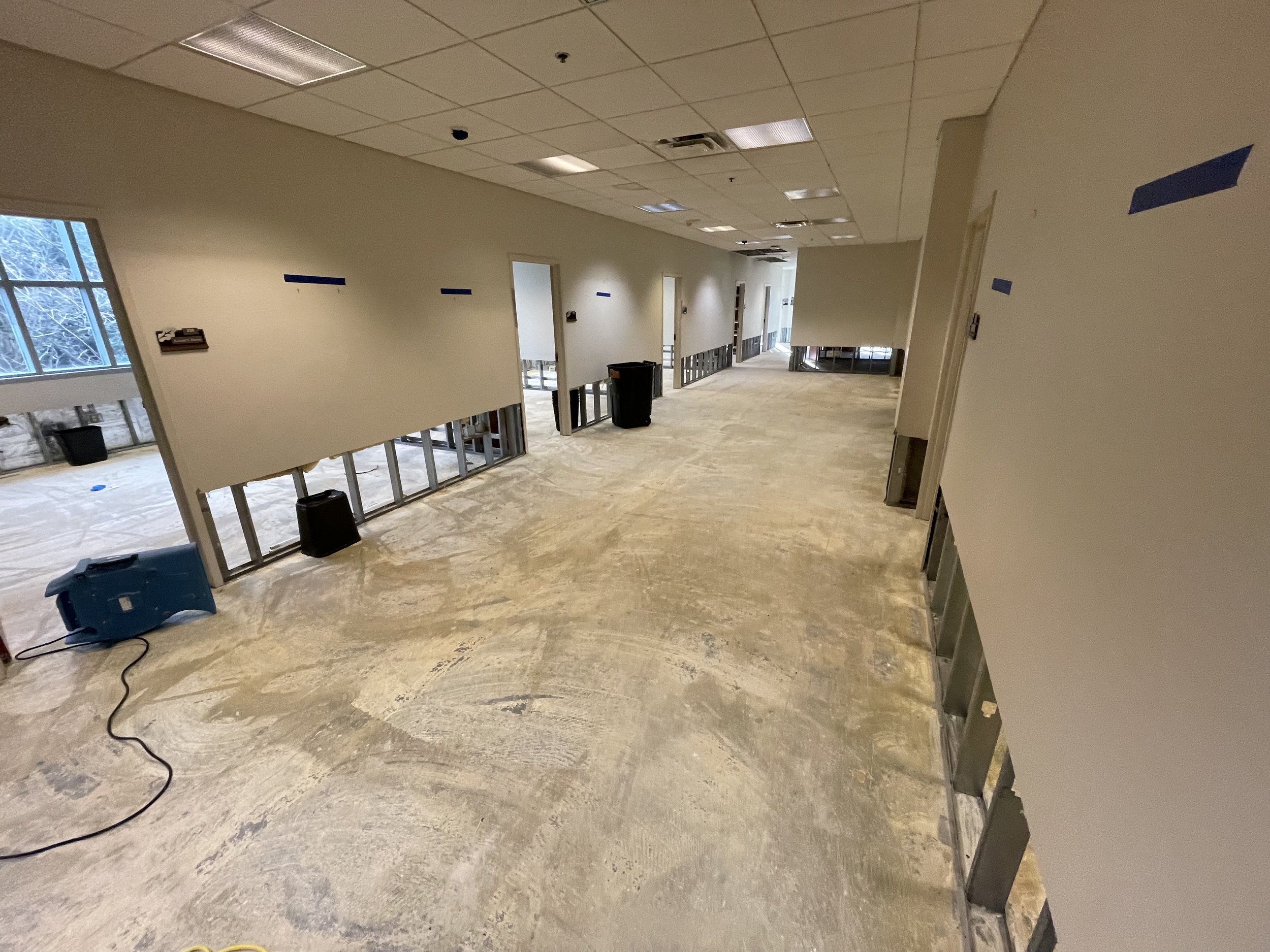Interior Demolition
"Create Your Dream Space with Our Comprehensive Interior Demolition Solutions"
Interior demolition refers to the removal of the interior elements of a building or structure, such as walls, ceilings, floors, and fixtures. This type of demolition is typically performed when a building owner or contractor wants to update or modify the interior of a building, such as during a renovation or remodel project.
The main difference between interior demolition and selective demolition is that selective demolition involves removing only specific parts of a building, while interior demolition involves removing the entire interior of a building.
There are several advantages to interior demolition compared to selective demolition. Some of these advantages include:
Versatility: Interior demolition is a versatile solution that can be adapted to fit the specific needs of a building or renovation project. This allows building owners and contractors to customize their demolition plans to meet the unique needs of their project.
Reduced Waste: By removing the entire interior of a building, interior demolition can reduce the amount of waste generated during a demolition project. This can result in lower costs and a more environmentally friendly solution.
Increased Flexibility: Interior demolition provides building owners and contractors with increased flexibility when it comes to design and layout. With the entire interior removed, there are no constraints on the new design, and building owners and contractors can have more control over the final outcome.
Improved Safety: Interior demolition can improve safety during the demolition process. By removing the entire interior, workers have more access to the interior of the building, reducing the risk of accidents or injuries.
However, while interior demolition offers several advantages, it also comes with some disadvantages. For example, interior demolition is generally more expensive and disruptive than selective demolition, as it involves removing the entire interior of a building. Additionally, interior demolition can result in the loss of valuable components of a building, such as architectural features, historical elements, and materials that can be reused or recycled.


